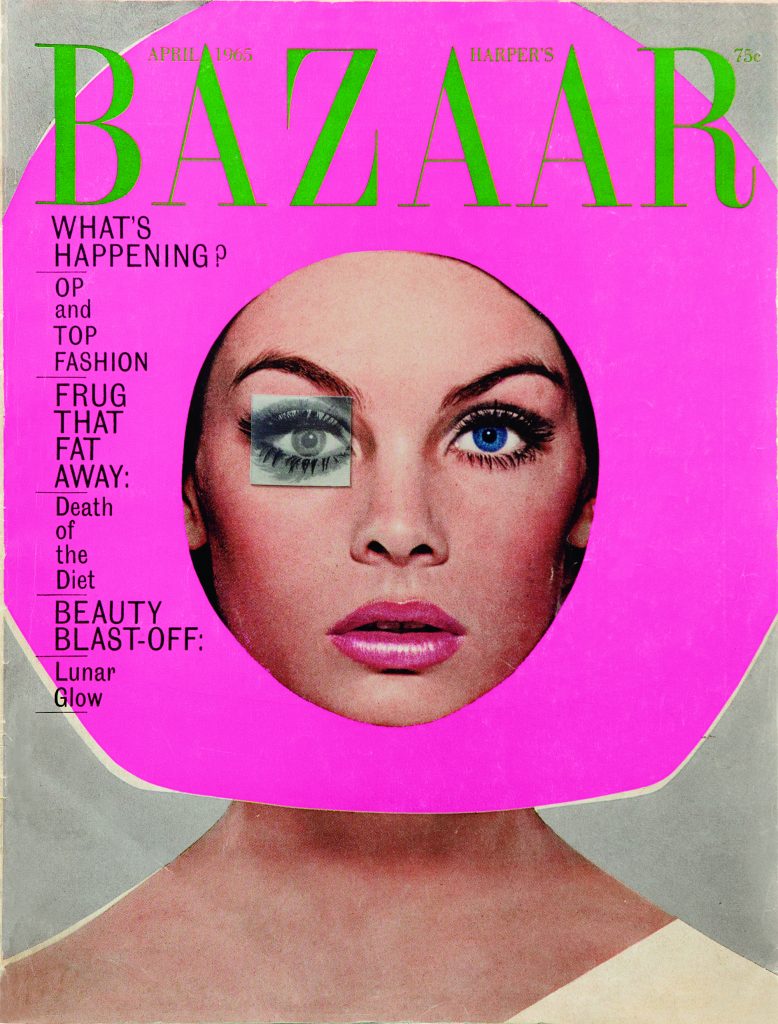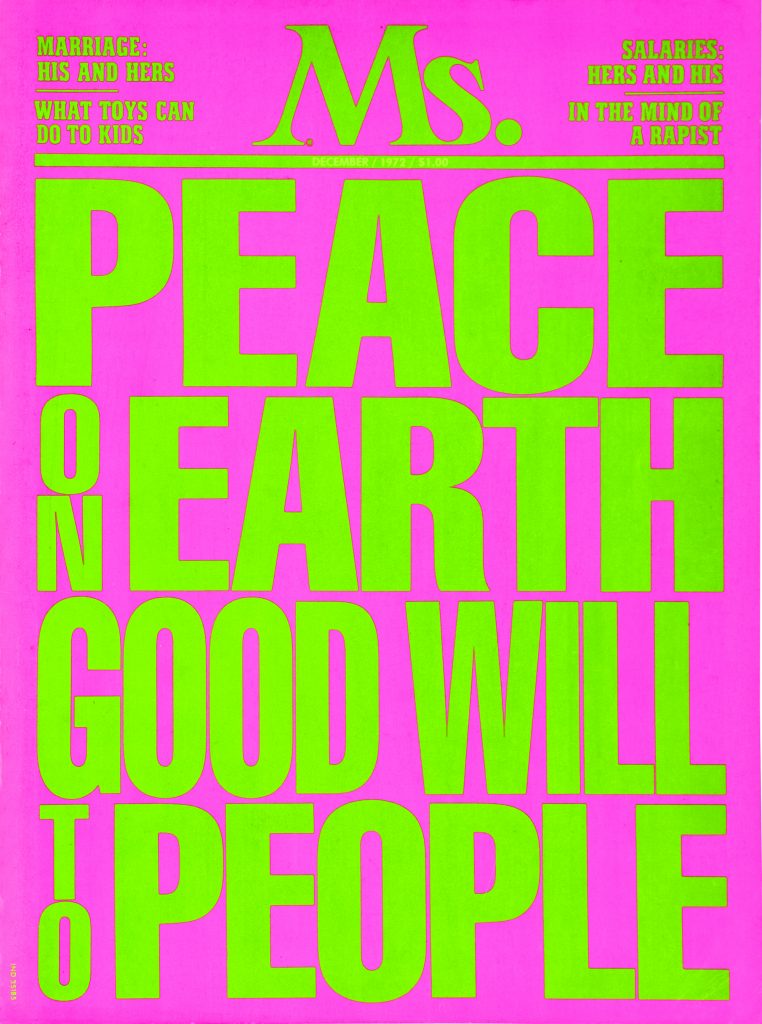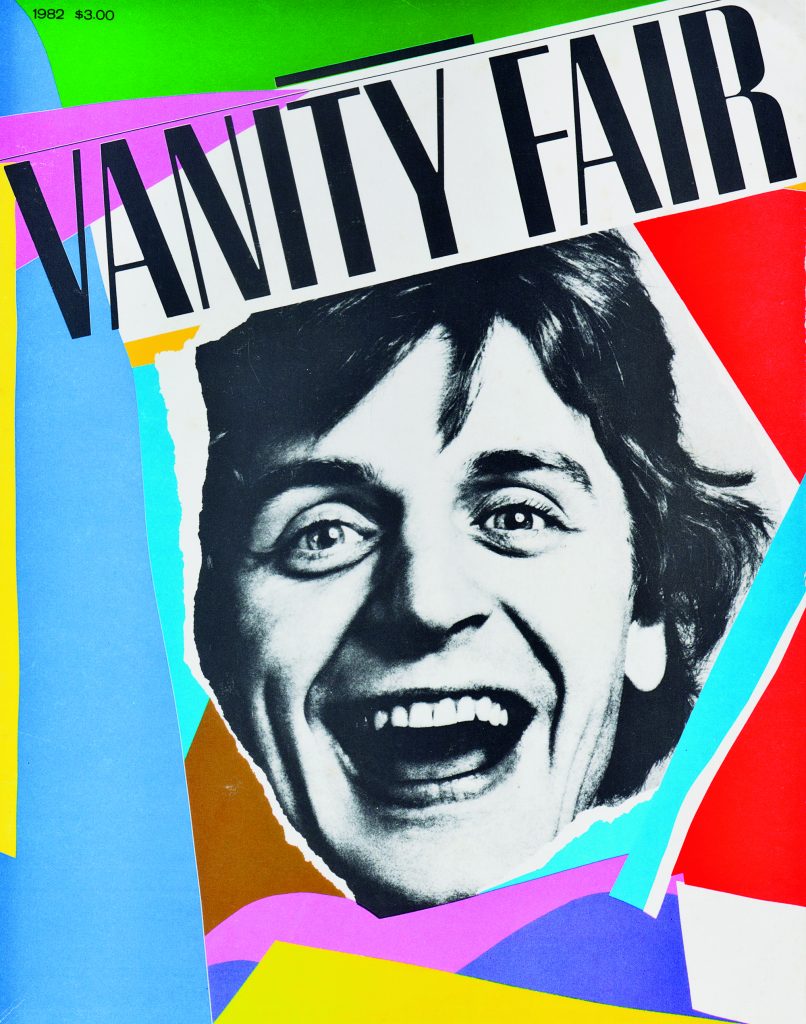Victor Moscoso (b. 1935)
Victor Moscoso was a Spanish-born American who studied art at Cooper Union in New York and at Yale University before moving to San Francisco to study at the San Fransisco Art Institute and later teach there. He was best known for being one of the first formally trained artists at the forefront of the psychedelic art scene and for his contribution to the underground comic, Zap Comix.
Signature features of his rock posters are the use of fully saturated contrasting colours melding into a swirling patterns with handlettered copy. He was taught by Josef Albers while he was at Yale so his colour usage may be quite inspired. The combination of colour, pattern, and handlettering often made the poster illegible, but despite that, his designs were bright and eye-catching which made people stop and look a little deeper.
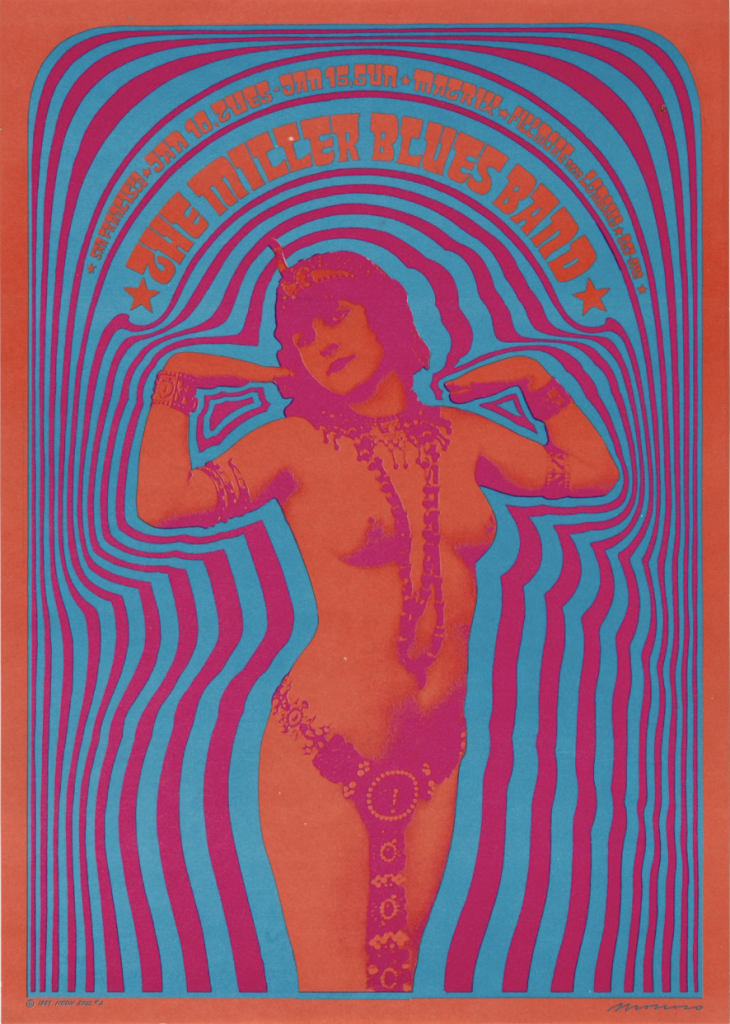
The Miller Blues Band (1967) 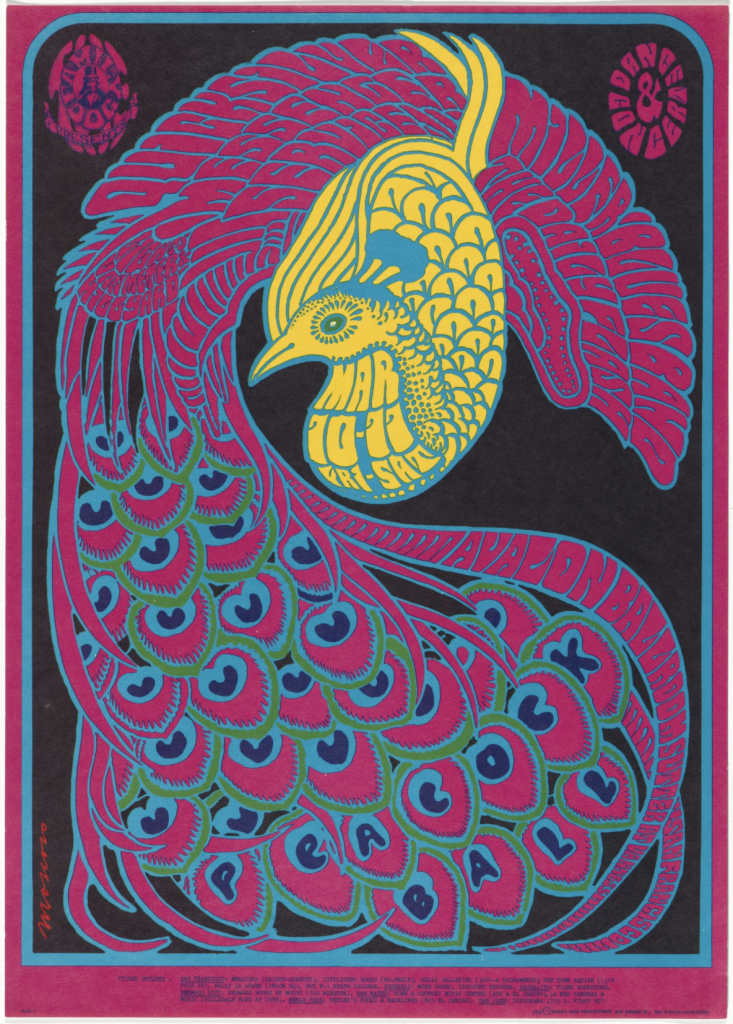
Quicksilver Messenger Service, Miller Blues Band, The Daily Flash (1967)
His style is so distinctively iconic of the times and but his compositions, framing, and focal subject matter harken back to the Art Nouveau posters. It’s very interesting to see someone ahead of their times looking back to use some of what he probably learned in school to bring into the present.
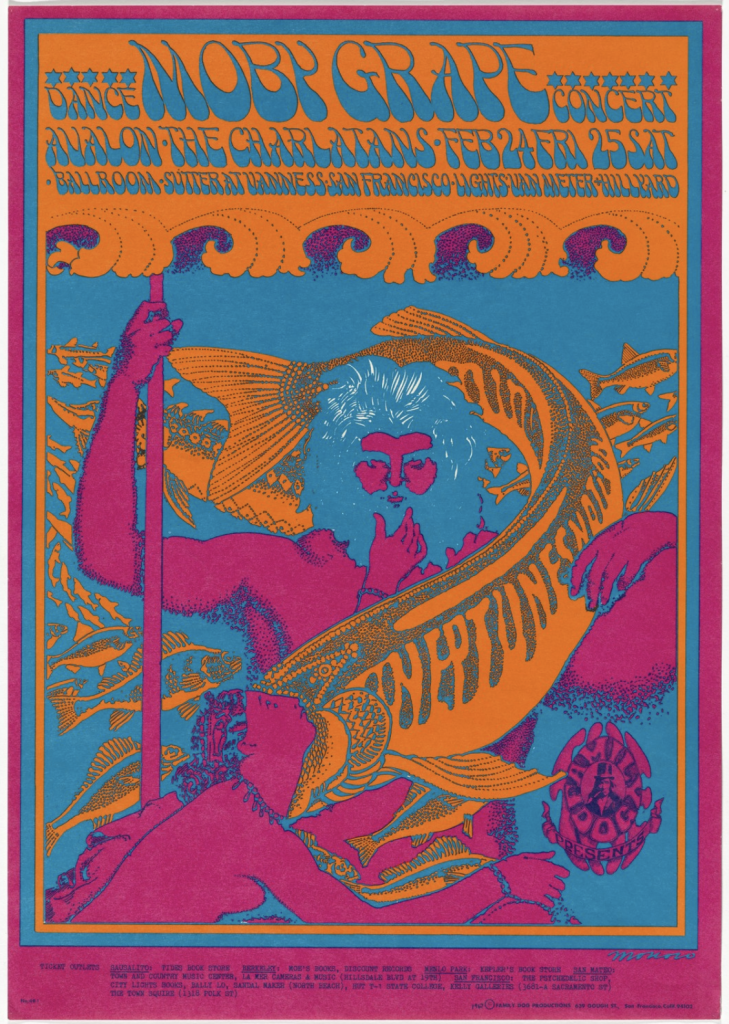
Moby Grape, The Charlatans (1967) 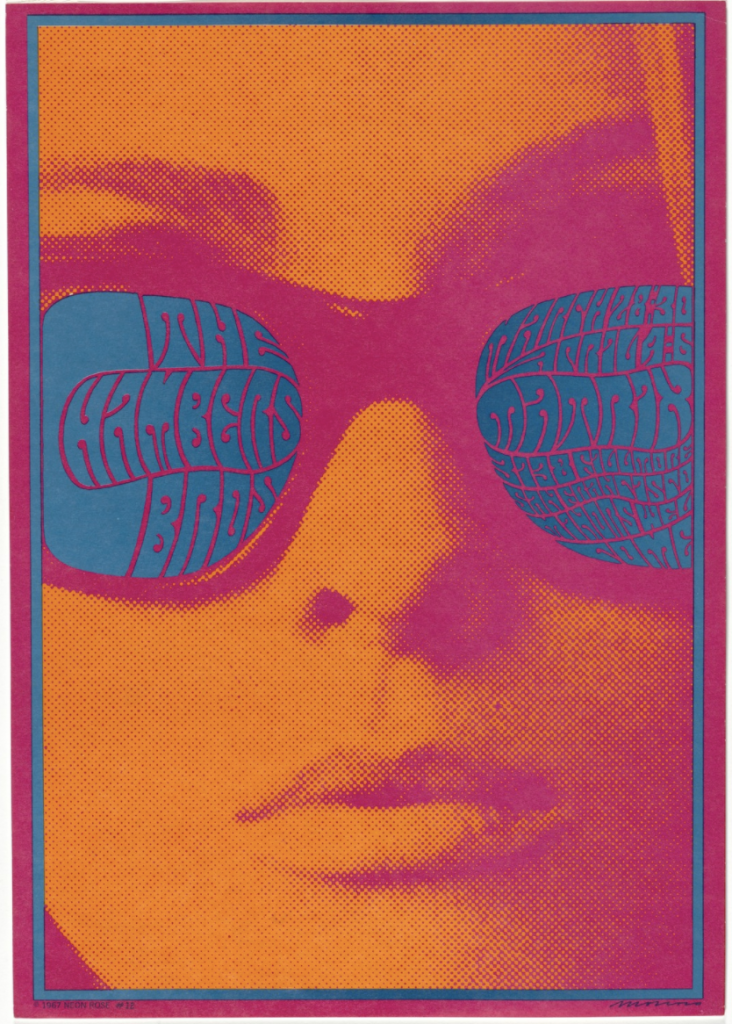
The Chambers Brothers (1967) 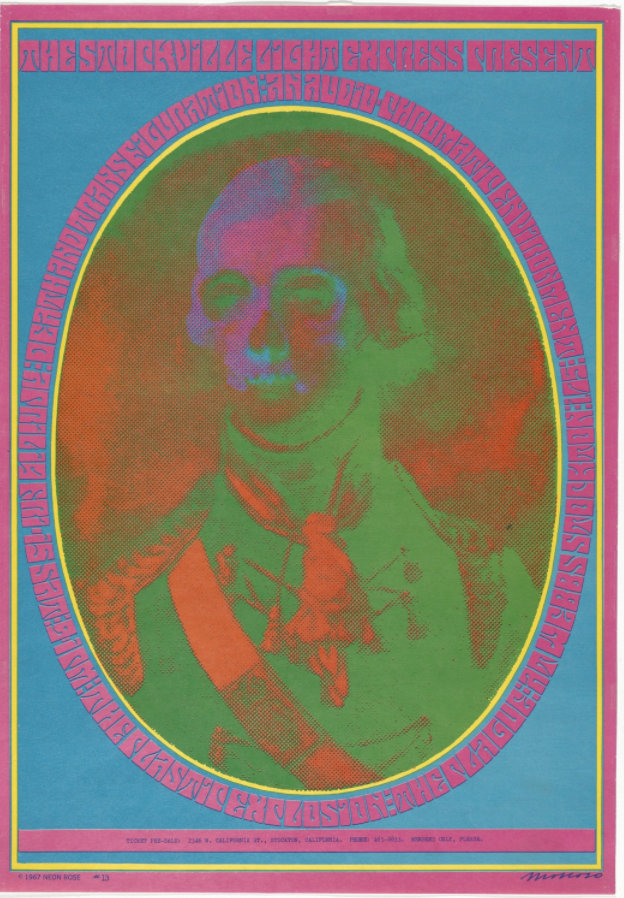
The Stockville Light Express Present: Death and Transfiguration: an Audio-Chromatic Environment (1967)
References
http://www.victormoscoso.com/about.htm
https://www.moma.org/artists/4117?=undefined&page=&direction=
